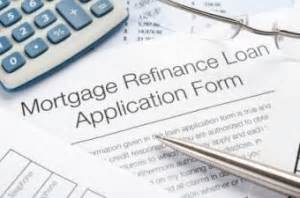Mortgage stress has reached its highest level since August 2008, with 27.8% of mortgage holders being rated ‘At Risk’ by Roy Morgan following the recent RBA interest rate rise to 4.1%.
Roy Morgan considers a borrower to be “At Risk,” if their mortgage payments surpass a predetermined level. This level is traditionally met when 25% to 45% of a household’s income is allocated to paying off a mortgage.
Nevertheless, Roy Morgan estimates that following the RBA’s latest 0.25% hike (to 4.10%), 29.2% of mortgage holders will be in stress. Which as we noted in an earlier article matches the RBA’s own internally modelling about 1 in 7 households experiencing negative cash flow at 3.6%. While if the RBA hikes one more time (to 4.35%), which is likely given the persistent stickiness of inflation, then 30.2% of mortgage holders will be in stress:
The caveat is that if unemployment rises materially, which will need to occur to break inflation, then mortgage stress would climb ever higher. Adding to the problem is that hundreds of thousands of fixed rate mortgages are scheduled to expire over the remainder of this year. Which means those households will see their mortgage interest rates jump from around 2% to 6%.
Consequently, even if the RBA maintains interest rates at current levels, Australian households will continue to face increased financial strain as a result of the fixed-rate “mortgage cliff”. After the fixed rate mortgage reset is completed, scheduled mortgage repayments are expected to reach a record percentage of household income.
Mortgage rates have already climbed above the APRA-mandated 3% mortgage serviceability buffer, which was established when these fixed-rate mortgages were originated. As a result, many borrowers risk falling into debt when their fixed-rate mortgage periods end.
Finally, data from S & P Global Ratings shows that mortgage arrears in Australia have risen to a two-year high at 0.95%. Compared to 0.76% at the end of 2022. Consequently, further increases in the cash rate could see mortgage arrears, and household stress climb higher.

